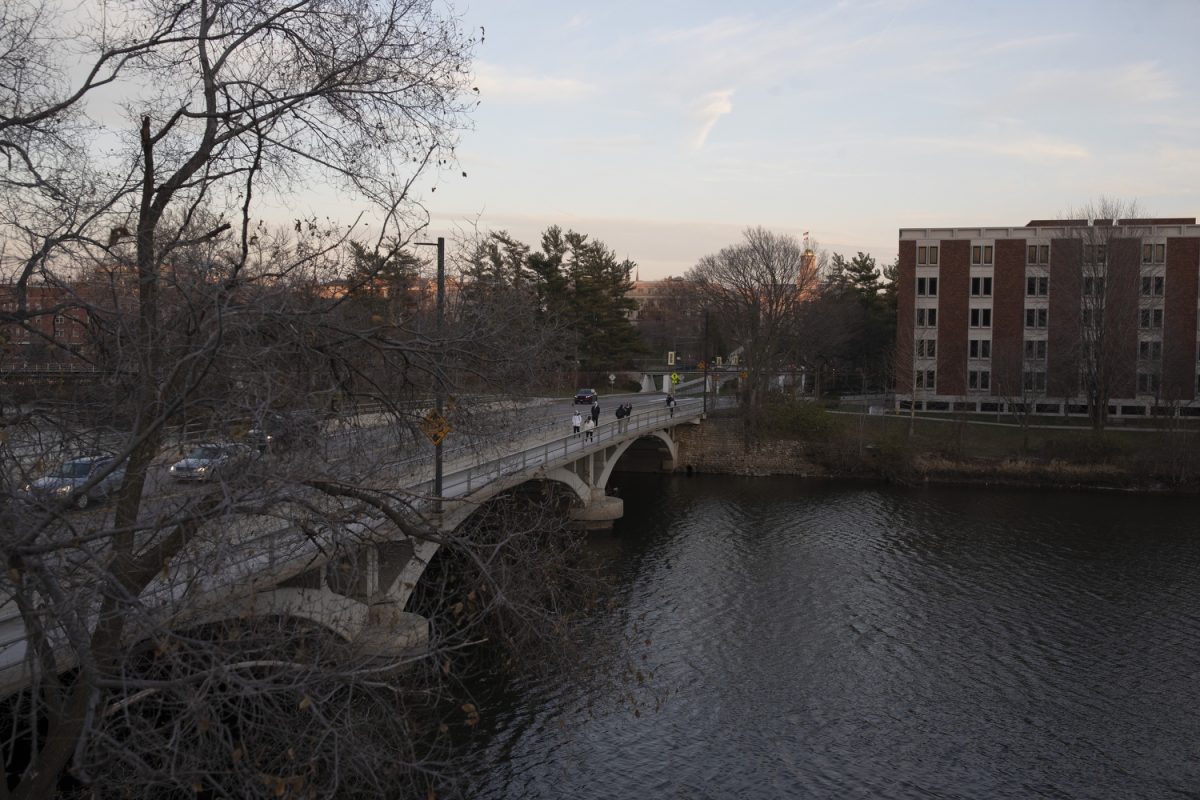On Nov. 12, the Environmental Protection Agency, or EPA, released a public notice recommending two segments of the Iowa River, along with segments from other Iowa rivers, be added to the state’s impaired waters list, citing high levels of nitrate in the water.
According to the EPA, nitrate is a compound of nitrogen and oxygen that is found in the air, soil, water, and some food. Nitrate can end up in water from manure and commercial fertilizers.
The EPA’s decision was based on the Clean Water Act, or CWA, Section 303(d) submission from the Iowa Department of Natural Resources, DNR, in June, which requires states to identify water sources that fail to meet state water quality standards and submit their list of findings to the EPA for approval or disapproval.
Upon review of the submission, the EPA decided the Iowa River only partially met the requirements of CWA Section 303(d) and the EPA’s implementing regulations.
“During its review, EPA identified seven water quality-limited segments that were not included on Iowa’s 2024 303(d) list and disapproved the state’s decision not to list these segments because available data and information indicate they are water quality-limited,” the public notice stated.
David Cwiertny, the director of the University of Iowa’s Center for Health Effects of Environmental Contamination, said the decision was made specifically about Class C waters, which the state intends to use as a drinking water source.
Cwiertny said nitrate levels are regulated as an acute health threat in drinking water, meaning some health threats from nitrate exposure can pop up and be problematic.
“We regulate it for what’s known as blue baby syndrome,” he said. “At high levels in water, nitrate can interfere with how oxygen moves through the body. The most vulnerable population for this is infants.”
RELATED: Robert F. Kennedy wants to remove fluoride from water. What does that mean? – The Daily Iowan
The EPA sets the maximum contaminant level of nitrate in public water supplies at 10 milligrams per liter, Cwiertny said. The EPA found several segments of water following the DNR’s submission that exceeded the 10 milligram per liter limit.
“Essentially what the EPA is saying is that any time you get a value above 10 in the river, that tells you the river is impaired because it can’t really be used for drinking unless something else is done because you have to lower it,” he said.
Despite the high levels of nitrate in segments of the Iowa River, Cwiertny said there is no immediate threat to the public, as both the city of Iowa City and UI have procedures in place to treat the water and keep it safe to drink.
Iowa City Water Superintendent Jonathan Durst said the city uses an alluvial aquifer and rotates wells to dilute nitrates.
The alluvial aquifer means using the riverbank as a natural filter, Durst explained. Groundwater intermingles with the river water, preventing a direct connection and diluting nitrate levels.
“The river and the drinking water are not the same thing,” Durst said. “The river is the source water, but the drinking water is treated, so there’s no high nitrate in the drinking water.”



